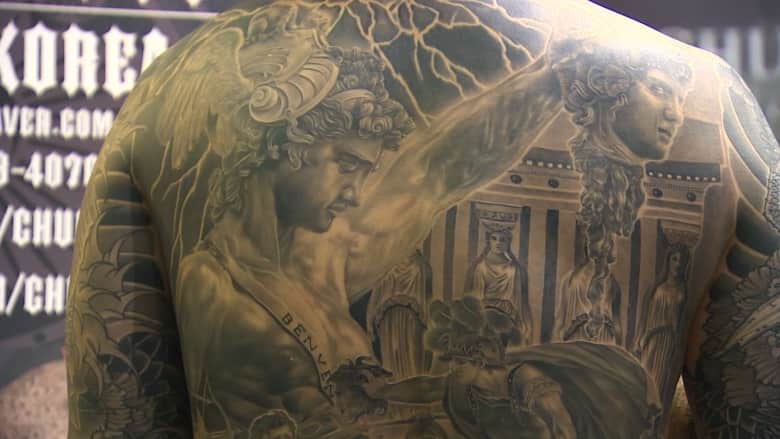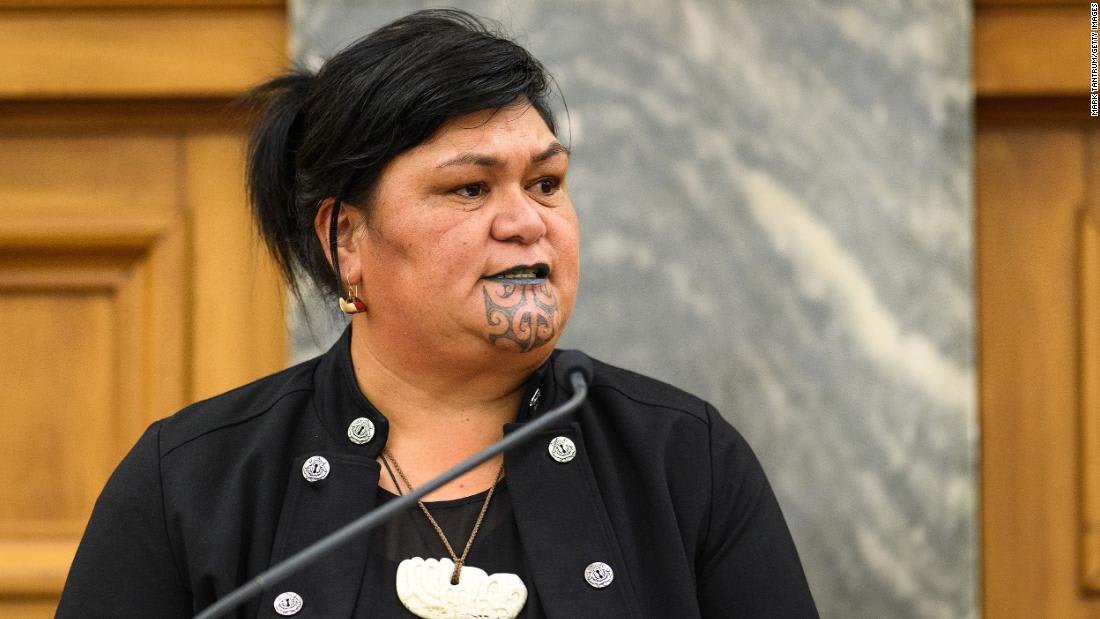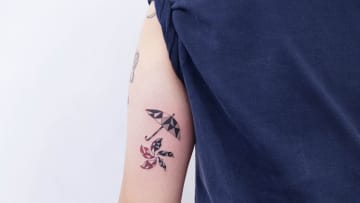دبي، الإمارات العربية المتحدة (CNN)-- دخلت السياسية، نانايا ماهوتا، التاريخ هذا الأسبوع، بعد تعيينها كأول امرأة تشغل منصب وزيرة للخارجية في نيوزيلندا.
وفي العام 2016، وبعد مشاركتها في حفل تصميم وشم الماروي، أصبحت ماهوتا هي أول عضو في البرلمان، رُسم على وجهها وشم يعرف باسم "موكو كواي".
وقالت ماهوتا إن الوشم التقليدي يقدم "طرقاً إيجابية لتمكين التعبير الثقافي والاعتزاز بأني من سكان الماوري"، وذلك بحسب تغريدتها العام الماضي.
ويُعتبر وشم "موكو" شائعاً بشكل متزايد في المجتمع النيوزلندي المعاصر. وغالباً ما تحمل الأوشام أهمية ثقافية للأشخاص، حيث تحكي قصة مرئية تربط السكان الأصليين بأسلافهم.
ويعتبر وشم كل شخص فريداً عن غيره، وقد يكون مرتبطاً بوضعه الاجتماعي، أو وظيفته، أو حتى تاريخه الشخصي أو العائلي.
وتشير التصميمات المعقدة إلى أنساب مرتديها.. وفي حالة ماهوتا، يربطها الوشم بالملكة الماورية الراحلة، تي أريكينوي تي أتايرانجيكاهو وملك الماوري الحالي كينجي توهيتيا، بحسب إذاعة نيوزيلندا.
وتشير العلامات الموجودة على الجانبين الأيمن والأيسر من الوجه إلى نسب الأب والأم على التوالي.

وبالنسبة لكاهاوتو ماكسويل، وهو أستاذ مساعد في جامعة وايكاتو، فإن الحصول على وشم للوجه منذ حوالي 10 أعوام يتعلق بـ"استعادة" تراثه.
وقال في مقابلة عبر الهاتف: "يتعلق الأمر بإرثي ومكانتي في المجتمع كمؤرخ وأكاديمي ومتحدث عام أو ناطق رسمي باسم شعبي.. إنه يبعث بداخلي شعوراً بالفخر ولشعبي أيضاً".
وأضاف: "إنه يتحدث أيضاً عن تاريخ حياتي.. هو شيء مقدس وثمين بالنسبة لي".
وعادة ما ترسم هذه العلامات على وجوه الرجال وأردافهم وأفخاذهم، بينما ترسم على شفاه وذقن النساء.

وقال ماكسويل، الذي يبلغ من العمر 54 عاماً، إن الوشم أصبح أمراً طبيعياً في التسعينيات والعقد الأول من القرن الـ21، بعد أن أبعدت الأجيال السابقة نفسها عن هذه الممارسة.
وأضاف: "كان هناك الكثير من السلبية، ليس فقط من قبل المجتمعات غير الماورية ولكن أيضاً من مجتمعاتنا، لأن آبائنا وأجدادنا كانوا يعتقدون أنه ينبغي ترك الموكو في الماضي".
وأوضح ماكسويل: "لكننا الجيل الأصغر في ذلك الوقت، لم نكن على استعداد لترك هذا الفن يتحول إلى ذكرى، لذلك اخترنا أن نعيده إلى الحياة".
فرص للتثقيف
وبينما قال ماكسويل إنه "لم يتعرض لوصمة عار" جراء وشم "موكو"، ولكن هناك تقارير تكشف عن رفض خدمة السكان الأصليين في الحانات أو المطاعم بسبب الوشم المرئي.
ورغم ذلك، هناك عدد متزايد من الشخصيات البارزة التي ترسم وشماً على وجوهها في المجتمع النيوزيلندي، مثل الصحفية أورييني كايبارا، التي أصبحت العام الماضي أول امرأة تقدم الأخبار على محطة تلفزيونية رئيسية، وتحمل وشم "موكو كواي".
وكانت قد تعرضت المغنية ريانا، والملاكم الأمريكي، مايك تايسون، والمغني البريطاني، روبي ويليامز، إلى انتقادات عديدة بعد اعتمادهم وشم الماوري، خلال السنوات الأخيرة.
وأثار مصمم الأزياء، جان بول غوتييه، جدلاً في عام 2007 بعد أن طبق تصميمات مستوحاة من "الموكو" على وجوه عارضات الأزياء القوقازيات، في إحدى الحملات.
ولكن، يرحب ماكسويل باهتمام الثقافات الأخرى بوشم الموكو، ويرى أنه فرصة لتثقيف الأشخاص حول تقاليد الماوري. ووصف تعيين ماهوتا على أنه إحدى هذه الفرص، معتبراً أنها "لحظة مهمة" لمجتمعات السكان الأصليين.






